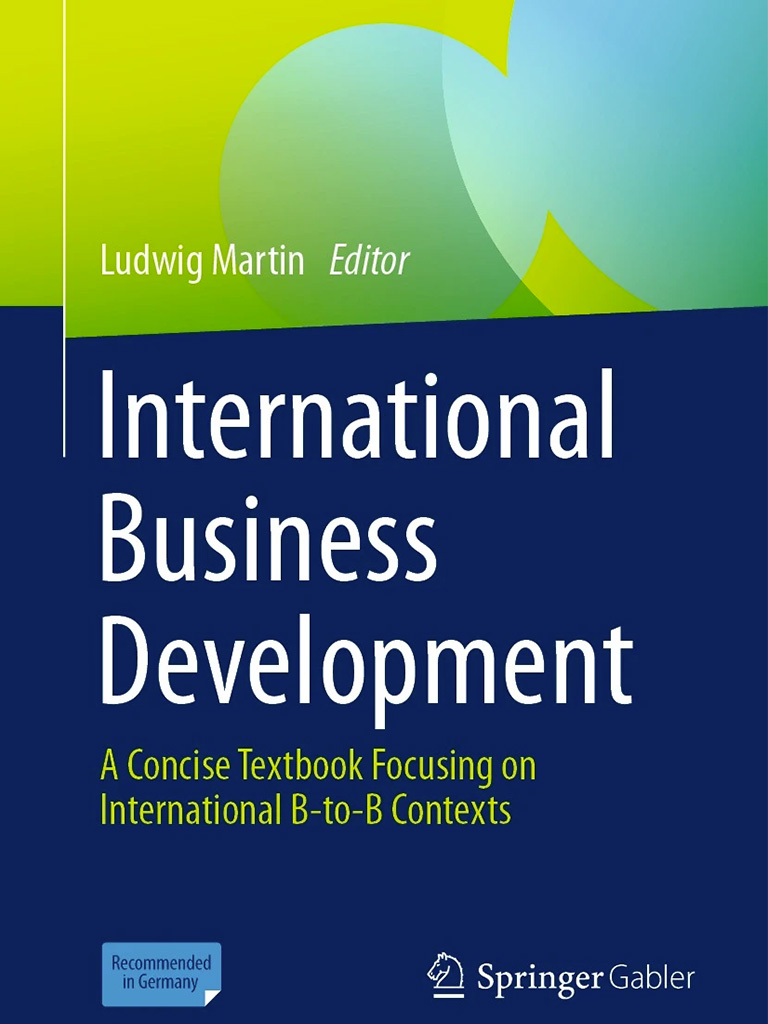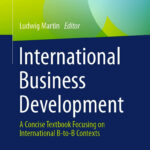Michele Elio De Tullio, Astrid Wiedersich Avena & Maria Giorgia Mazzilli
Abstract
This chapter focuses on the current role of intellectual property rights in international trade. Intangible assets are a useful tool for companies to develop new activities and expand their business worldwide. Particular attention will be given to industrial property rights (i.e. patents, trademarks, and industrial designs), their exploitation strategies as well as the challenges brought by new technologies. Existing systems and agreements on an international level will be introduced.
Notes
- 1.In practice, “reasonable steps under the circumstances” requires that a company make at least a high level assessment of the categories of valuable information under its control, and that it then conduct some sort of risk analysis, in which it identifies the existing threats to information security and assesses the cost-effectiveness of measures to mitigate those threats. In practice, courts expect that organizations will establish policies and procedures designed to communicate the importance of confidentiality, use contractual protections as appropriate, limit access to those with a need to know, take and update the necessary cybersecurity measures and continuously adapt their efforts to the changing nature of their assets and the threats that they face.
- 2.For example, Section 9 of the UK Copyright, Designs and Patents Act 1988 (CDPA) states that: “In the case of a literary, dramatic, musical or artistic work which is computer-generated, the author shall be taken to be the person by whom the arrangements necessary for the creation of the work are undertaken”, while Section 178 of the CDPA further defines a computer-generated work as one that “is generated by computer in circumstances such that there is no human author of the work”.


